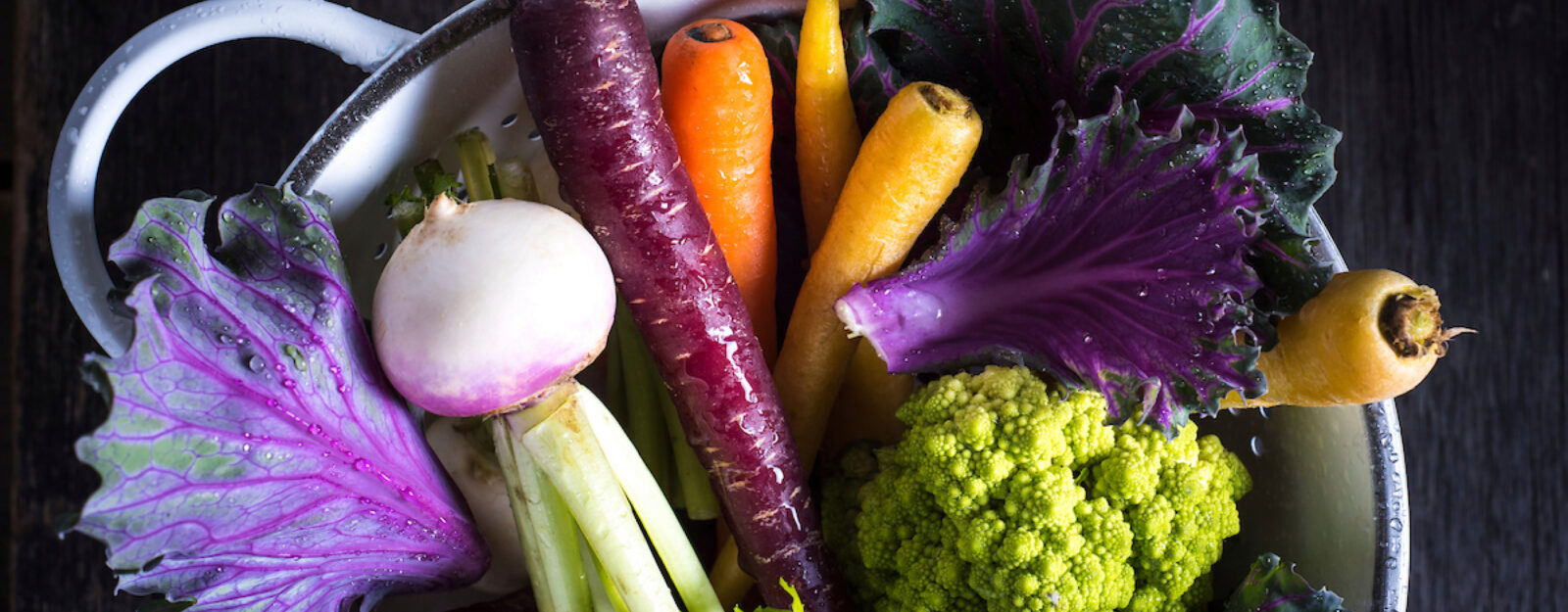Case Western Reserve University
Case Western Reserve University

- This event has passed.
Food For Your Well-Being: Eat The Rainbow!
November 2, 2022 @ 11:00 am - 3:00 pm

EAT A RAINBOW OF COLORFUL PLANTS
Did you know?
• Phytonutrients from plant foods such as fruits, vegetables, whole grains, beans, nuts, and even tea work to support immunity and prevent chronic disease.
• The color of the produce signifies the type of nutrients prevalent. For example, the red color of a tomato is from lycopene, and the orange color of squash is from beta-carotene.
• Get a variety of nutrients in your diet by “eating a rainbow” of colorful vegetables and fruits each day.
Salad bars full of fresh vegetables can be a great option for a healthy, satisfying meal packed with nutrients. A plate full of bright colors and interesting textures amplifies eye appeal.
Follow these steps to ensure your salad ends as nutritious as it starts. Visit the BRB Café rainbow salad bar to put your knowledge to use!
- Lead with Leafy Greens
Romaine, spring mix, arugula, kale, chard, and other leafy greens are a great way to start a salad off right — nutrient-dense, not energy-dense. - Add Colorful Vegetables
Nutrients from nature give plants their vibrant colors. Choose a rainbow of vegetables and fruits to make your salad a nutrient powerhouse. - Pick Up Protein
Top your salad with lean proteins such as beans, tofu, tuna, or grilled chicken. Plant proteins have the added benefits of additional nutrients and being more environmentally friendly. - Be Choosy with Extras
Dried fruit, nuts, croutons, cheese and other toppings can quickly take a salad from a powerful lunch to a calorie bomb. Choose one or two of your favorite toppings to sprinkle a little extra flavor and savor each bite. - Drizzle Lightly with Dressing
Complete your salad with a drizzle of dressing that is made with a healthy plant-based oil. Dressing provides desirable flavor and texture, and if used in moderation, can also be a beneficial boost of heart-healthy fat.